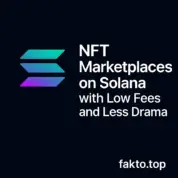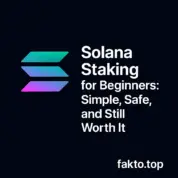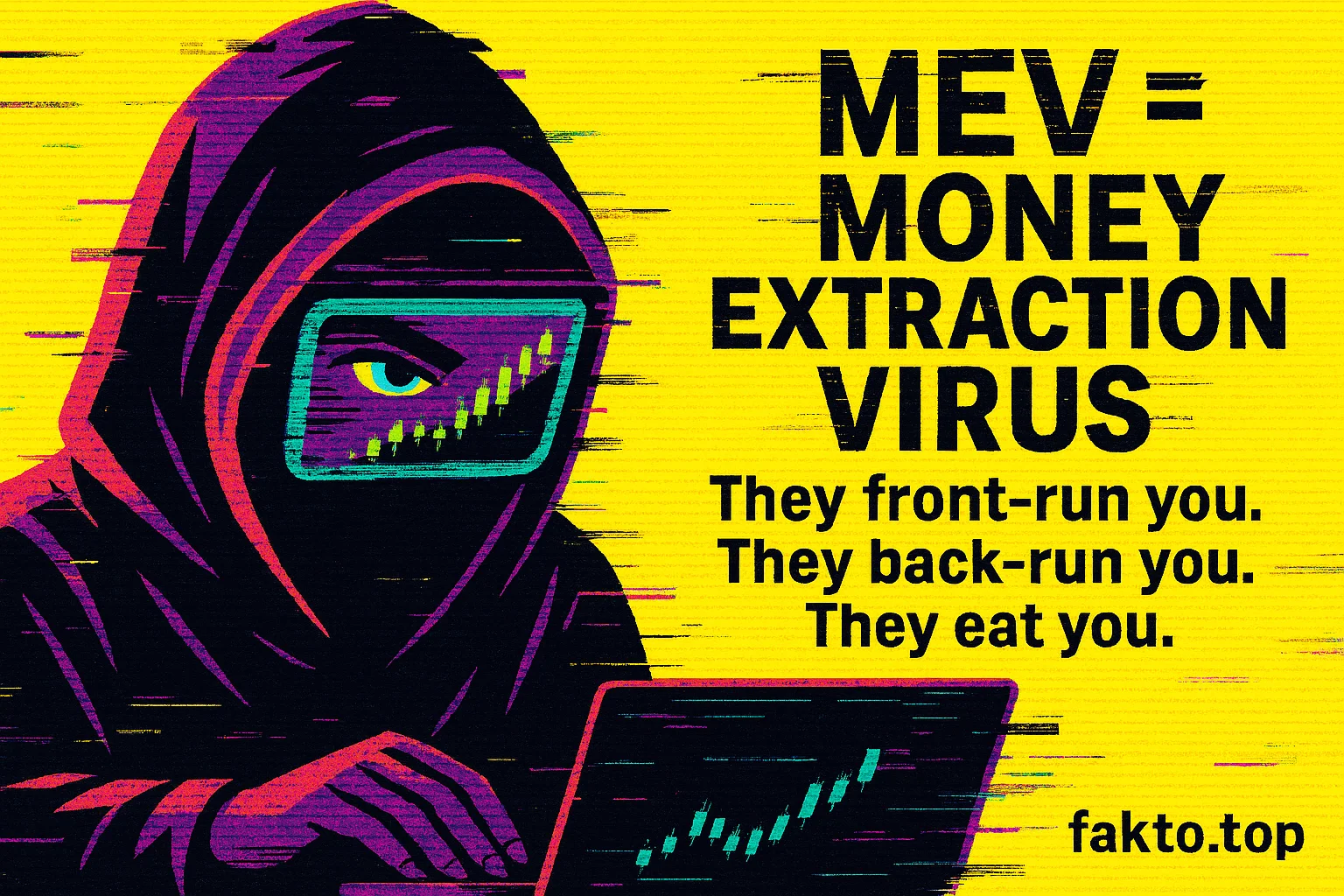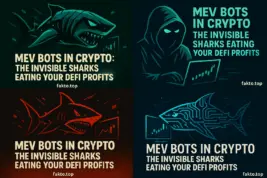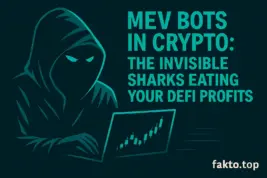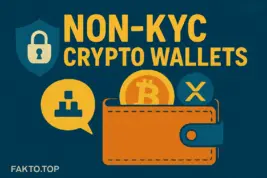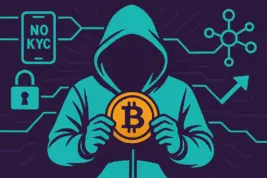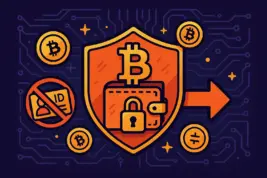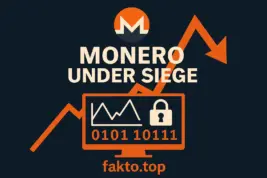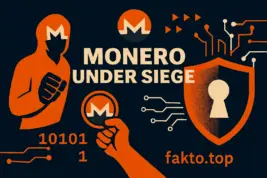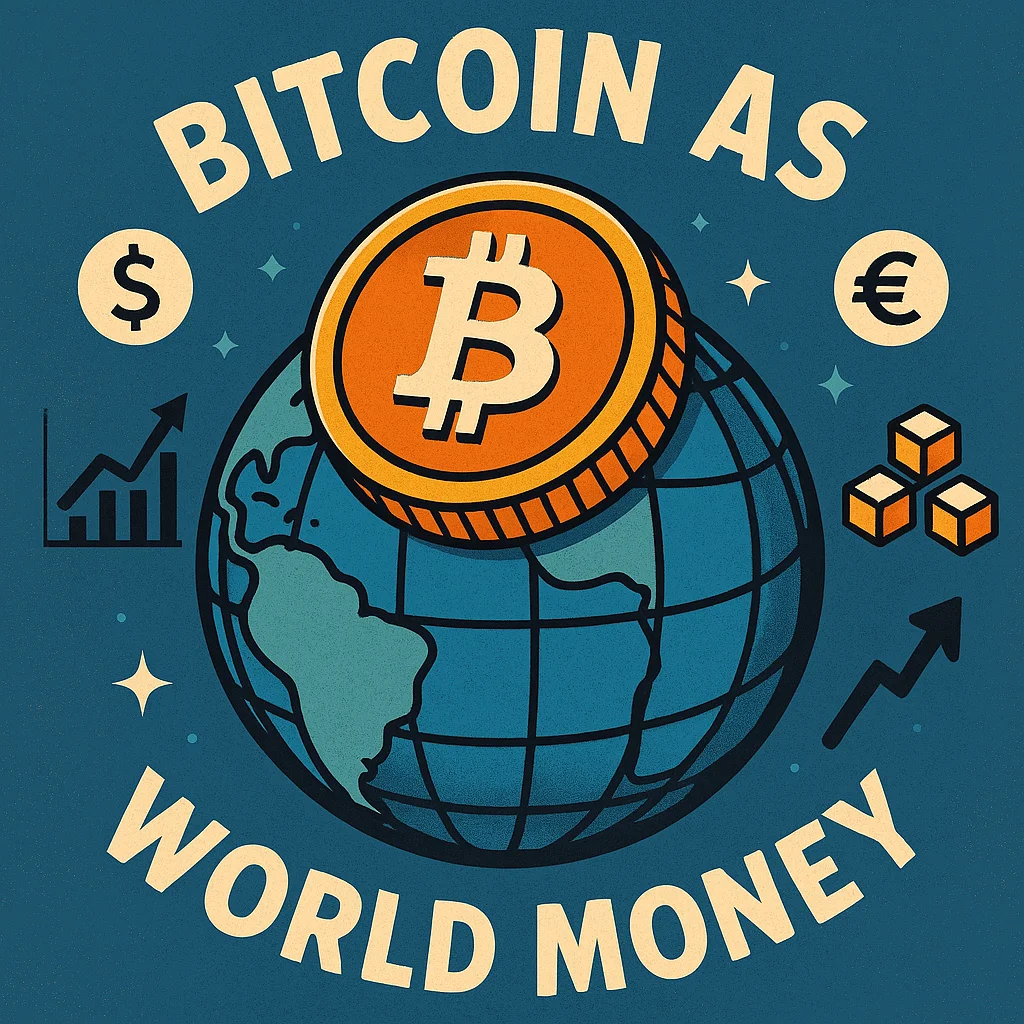Crypto in the UK 2025: Exchanges, Banks, and How Not to Get Shafted
Let’s be honest — buying crypto in the UK isn’t as breezy as it used to be. Between FCA’s new crypto promotion rules, banks throwing hissy fits over deposits, and exchanges getting the cold shoulder, it’s a bit of a minefield. But don’t worry — we’ve mapped it out for you. Whether you’re in London, Manchester, or chilling in Belfast, here’s how to trade, deposit, and not get blocked by HSBC (yes, we’ll get to that).

FCA Crypto Promotion Rules 2025 Explained (Without the Legalese)
Since October 2023, the Financial Conduct Authority (FCA) has been tightening the screws on crypto ads. And in 2025, it’s gone full watchdog mode. Exchanges now need to register with the FCA to legally promote crypto to UK residents. That means:
- No more wild promises like “guaranteed profits” or “moon soon”.
- Every ad must include risk warnings, cooling-off periods, and clear info.
- Unregistered platforms = illegal promotions = fines.
So if you’re Googling site:uk crypto exchange regulated by FCA — good shout. You’ll want to stick to platforms that play by the rules.
Top UK-Friendly Crypto Exchanges in 2025
Here’s a quick rundown of exchanges that still work smoothly in the UK. We’ve tested them for GBP deposits, Faster Payments, and general sanity.
| Exchange | FCA Status | GBP Deposit | P2P Available | Referral Link |
|---|---|---|---|---|
| Binance | Not FCA-registered, but still usable | Yes (FPS, Revolut, Monzo) | Yes | Join Binance |
| WhiteBIT | Compliant | Yes | Yes | Try WhiteBIT |
| Bybit | Limited UK access | Yes (via third-party) | Yes | Trade on Bybit |
| CEX.IO | FCA-registered | Yes | No | Use CEX.IO |
| MEXC | Not registered, but accessible | Yes | Yes | Go to MEXC |
| BingX | Accessible | Yes | Yes | Try BingX |
| YoBit | Not regulated | Limited | Yes | Check YoBit |

Binance in the UK: Still Worth It?
Despite FCA pressure, Binance remains a top choice for Brits. Yes, some features like derivatives are blocked, and yes, they’ve had beef with regulators. But for spot trading, P2P, and low fees — it’s still gold.
Are Binance Payments Blocked by HSBC UK?
Short answer: sometimes. HSBC has been known to block transfers to Binance, especially large ones. But many users report success with Revolut, Monzo, Wise</strong, and even Faster Payments from smaller banks. If your bank throws a wobbly, switch — simple as.
Binance P2P in the UK
Binance’s P2P platform is fully functional in the UK. You can buy USDT, BTC, and other coins with zero fees using local payment methods. It’s fast, flexible, and ideal if your bank’s being a pain.
Crypto Deposit Decline Reasons: Why Your Bank Might Say “Nope”
UK banks are notoriously twitchy about crypto. Here’s why your deposit might get declined:
- Bank flags crypto as “high risk” — especially if it’s a large amount.
- Recipient is a non-FCA registered exchange.
- Suspicious activity or mismatched names.
- Internal policy changes (some banks flip-flop monthly).
Crypto Friendly Banks for Deposits UK
Here’s a shortlist of banks that still play nice with crypto:
| Bank | Crypto Transfers | Notes |
|---|---|---|
| Revolut | ✅ Allowed | Also offers in-app crypto |
| Monzo | ✅ Allowed | Works well with Binance P2P |
| Wise | ✅ Allowed | Fast and reliable |
| HSBC | ❌ Often blocked | Not recommended |
| Barclays | ⚠️ Mixed results | Sometimes flags crypto |

Buying Crypto with Faster Payments in the UK
Faster Payments is the go-to method for Brits buying crypto. It’s instant, free, and supported by most exchanges. Binance, WhiteBIT, and CEX.IO all support it — just make sure your bank doesn’t block the transaction.
OKX GBP Deposit Limits UK
OKX is gaining traction in the UK, especially for altcoin lovers. GBP deposits are available via third-party providers, but limits vary:
- Min deposit: £10
- Max daily: £5,000 (depends on KYC level)
- Processing time: 1–2 hours
Not the fastest, but decent for casual traders. Just don’t expect full FCA compliance — OKX is still navigating UK regulations.
Best P2P Platforms for Bitcoin UK
If you’re tired of banks meddling, P2P is your friend. Here are the top platforms Brits use to buy BTC directly:
| Platform | Fees | Payment Methods | Trust Level |
|---|---|---|---|
| Binance P2P | 0% | Faster Payments, Monzo, Revolut, Wise | High |
| Bybit P2P | 0.1–0.2% | Bank transfer, PayPal, Skrill | Medium |
| LocalBitcoins (legacy) | Varies | Cash, bank, vouchers | Low (mostly inactive) |
| WhiteBIT P2P | 0% | Bank transfer, SEPA | Medium |

How to Control Your Own Crypto Private Keys in the UK
If you’re serious about crypto, you’ll want a wallet where you control your keys. That means no exchange custody, no third-party nonsense. Just you and your coins.
Custodial vs Non-Custodial Wallets: What’s the Difference?
Let’s keep it simple:
- Custodial wallet = someone else holds your crypto (like Binance or CEX.IO).
- Non-custodial wallet = you hold the keys, you own the crypto.
Think of it like renting vs owning a flat. Custodial = landlord can lock you out. Non-custodial = you’ve got the keys, mate.
Best Beginner Wallets in the UK Where You Control Private Keys
- Trust Wallet — mobile-friendly, supports most coins.
- Ledger Nano — hardware wallet, top security.
- Exodus — slick interface, desktop + mobile.
All of these let you back up your keys and restore your wallet if your phone gets nicked. Just don’t lose your seed phrase — no one’s recovering it for you.
Getting Crypto Allowance Tax-Free in the UK (HMRC Tips)
HMRC isn’t exactly crypto’s biggest fan, but there are ways to stay on the right side of the law — and maybe even keep some gains tax-free.
When You Don’t Pay Tax on Crypto in the UK
- Gifts under £3,000/year — tax-free.
- Personal crypto allowance — up to £6,000 capital gains tax-free.
- Holding, not trading — no tax until you sell.
But if you’re flipping meme coins every weekend, HMRC might treat you like a business. Keep records, use a tracker, and don’t ignore those gains.
Final Thoughts: Crypto in the UK Isn’t Dead — It’s Just…British
Yes, the FCA’s got its clipboard out. Yes, banks are moody. But crypto’s still alive and kicking in the UK — you just need to know where to look and how to move smart.
Stick to exchanges that work here, use P2P if needed, and always control your own keys. Whether you’re stacking sats or flipping altcoins, there’s still room to grow — just don’t expect moon emojis from the government.
And if you’re just starting out, don’t overthink it. Pick a wallet, grab some BTC, and learn by doing. The market’s cold, but the tech’s hot — and the future’s still decentralised.
What It All Means: Crypto in the UK Is Still Worth the Effort
So, what’s the takeaway? If you’re in the UK and dabbling in crypto — or planning to — you’re not alone, and you’re not mad. The rules are stricter, the banks are moodier, and the exchanges are walking on eggshells. But the market’s still moving, and the tools are still there. Binance works (mostly), P2P is thriving, and wallets that let you hold your own keys are easier than ever. Just stay sharp, use platforms that respect UK regs, and don’t rely on your bank to be your mate — they’re not. Crypto here isn’t dead, it’s just grown up a bit. Less hype, more hustle.




